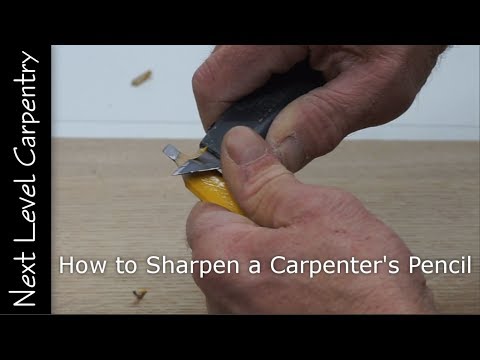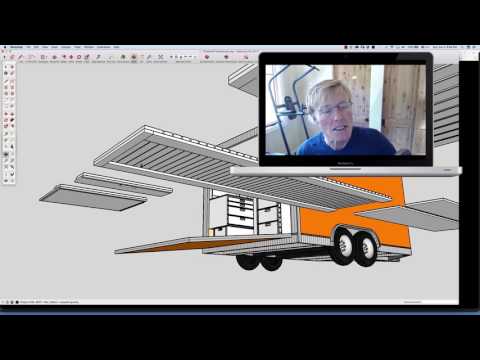Welcome to Next Level Carpentry. I'm master carpenter Matt Jackson, and I've got a quick pro woodworking tip for you today.
In this video, I'm most of the way through shooting the video for building full-size journeyman carpenter sawhorses, and I'm at the point where I need to drill holes in the top of the legs to attach them to the top rail of the sawhorse.
I want to do that quickly but Accurately, so I'm going to show you the trick that I use for getting that done. The tip will be included in the full-length sawhorse build video, but I broke it out here on the advice of my good friend Dan Thomas at The Newbie Woodworker. (There's a link to Dan’s channel here. He's a great guy, and he knows how to build a YouTube channel.) So, I'm taking a bit of his advice here so that more people get a chance to see it and hopefully apply it to their woodworking projects.
Woodworking tip: Reversible jig works for both sides
All you need for quickly and accurately marking holes on something like this is a piece of thin cardboard—It's like cereal-box cardboard; I call it shoe-box cardboard—an Olfa knife or a boxcutter knife, and a scratch awl. Check it out.
If you're borderline OCD, like I am, here's a quick little trick you can use for repetitive marking of holes that's accurate and fast. I'm just taking out a thin piece of shoe-box cardboard—could be called cereal-box cardboard—and I cut a strip exactly the width of a leg. On one end of it I add the angle from the end of the leg and then make the same marks we did on that example leg. I have a center and then five-eighths inch in from each edge, coming down from the top a half-inch and one inch.
Then, just simply take a sharp scratch awl and put a hole at each of those center marks. So you can put your tape measure away and make accurate repetitive marks merely by re-punching those holes on the top of each leg. The best thing about it is that because there are left and right legs, the pattern is reversible as long as it's indexed off the same point on both legs. Just like that.
And it's actually easier and more accurate to countersink these holes from a punch mark than a pencil mark.
You can take that tip and a $10 bill in Starbucks, and they'll give you a free cup of coffee. Well, I hope you like that short tip and can see the benefit of using a piece of cardboard and a scratch awl for quickly and repetitively marking screw placements accurately.











